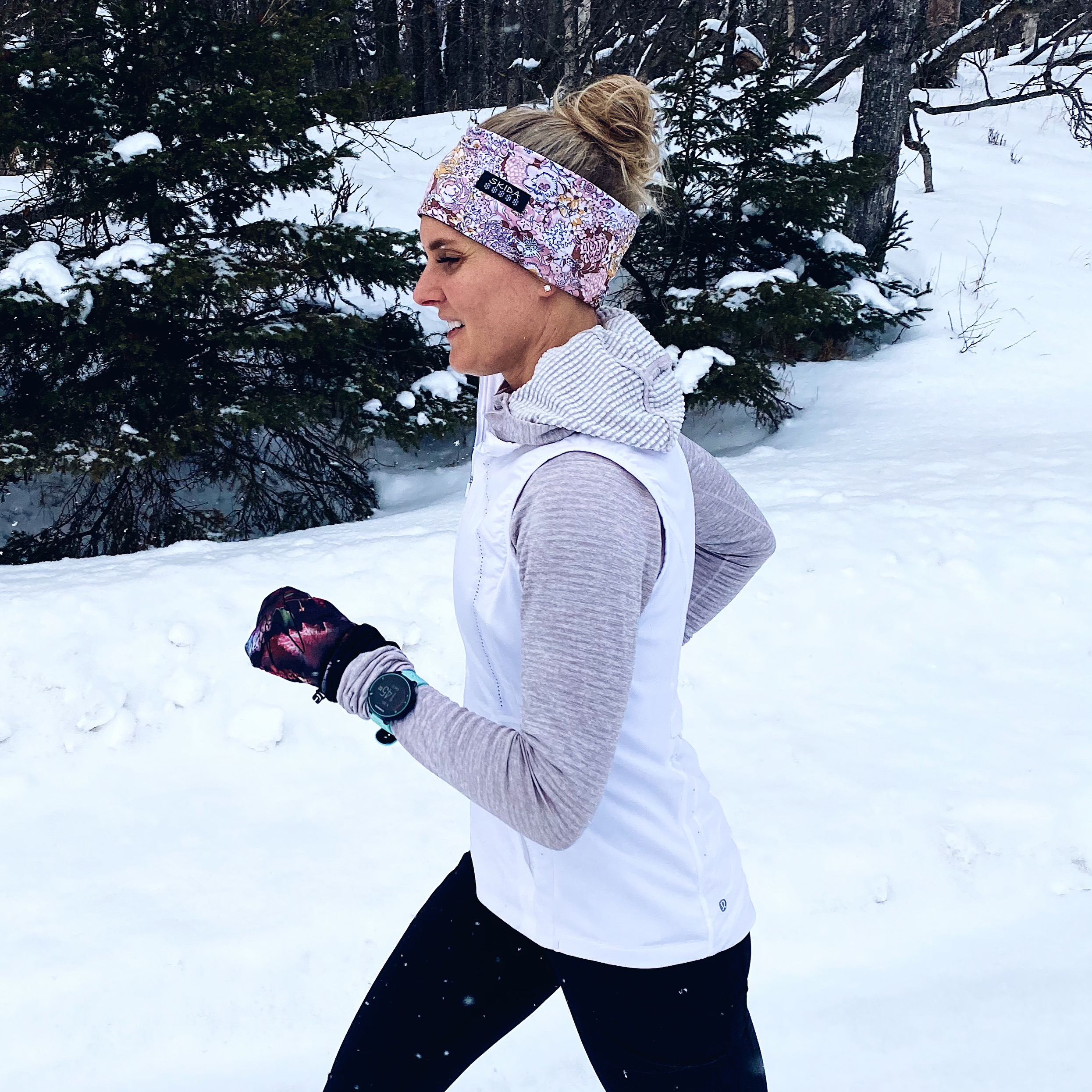Hey everybody! I’m Michaela from Piquant Prose. I recently graduated from college and am an exercise enthusiast and foodie from the great state of California.
Making squash muffins.
Favorite workout: 4 x 20’ on the rowing machine
Favorite meal: banana with peanut butter for pre-workout breakfast
Favorite place to run: the local track–a dirt track with an awesome view of the Golden Gate
Favorite color: stripes!
Favorite vegetable: chocolate (with green beans in close second)
Wild blackberry picking in Oregon.
But enough about me, this is about what I have to offer you! As a recent college grad, my two major concerns are eating on a budget and developing my own training strategy that keeps me fit and injury-free. (I’ve been training with a team for most of the past 8 years of my life.)
I accomplish the first by eating a lot of simple foods–like my favorite pre-workout breakfast above, or a quick easy veggie stir-fry. I like to make my own snacks and treats from bargain bin produce, and I regularly make my own yogurt (and occasionally granola). Of course, I’m not averse to the occasional gluttonous feast, either.
Stir-frying at home.
To accomplish the second, I’m using some of my knowledge about exercise and fitness. I’m training to complete an approximately 7.5 minute race (2 km) in May of next year. This distance is both long enough and short enough that it requires training each of the following three ranges of exercise:
1. Base Training: HR 140-160
At this pace, you should be able to hold a conversation reasonably well. Training at this level develops your aerobic system–the system that uses oxygen to create and deliver fuel.
This level of training provides huge fitness benefits with little risk for burnout, fatigue or injury. Still, it’s important to increase training volume slowly (10-20% per week).
I plan to spend a lot of the next 4-6 months training my base. Since I already have a pretty large base, I’ll start on the longer, slower end, with workouts like 2×40 minutes. These workouts are boring, long, and require going incredibly slowly, but they make everything easier later.
2. Anaerobic Threshold Training: HR 175-185
As you train, your body produces as much energy as possible using the aerobic system. If you can’t get enough oxygen, it uses a secondary method of energy production–anaerobic energy production–which creates lactic acid as a byproduct.
Normally, your body removes lactic acid from your muscles as fast as you produce it. When you exercise hard enough, though, it can no longer remove lactic acid fast enough and you accumulate acid. (This causes your muscles to burn.) Training at or just below this tipping point trains your body to process lactic acid more efficiently.
Training just below this point also provides protection for your muscles–lactic acid causes a lot of muscular damage and training without accumulation helps prevent much of that damage.
To train at this level, you should be just below the intensity where your muscles start to burn. (Most people do these workouts too hard! Ease off a bit!) Sample workouts include 2×3 miles and 3×20 minutes at a slightly faster pace than base training.
3. VO2max Training: HR 190
Your VO2max level is the maximum amount of oxygen your body can process in a given amount of time (usually measured in mL of oxygen per minute or mL/kg of body mass/min). The more oxygen you can process, the less your body has to rely on anaerobic means of energy production.
This training requires hard, short efforts, like 4 or 6 x 1km or 3 x 1 mile. Because your VO2max declines quickly when it’s not trained, I will wait to do this work until the month or two before racing.
{Note: The heart rate ranges are based on somebody in their early 20s. Subtract a little less than one bpm for every year older.}
When choosing a training plan, ideally it has all three of these elements. The exact mix of elements will depend on the goal distance and fitness level, but different workouts should have clearly identifiable fitness goals.
In addition, the plan should show some variation in overall workout intensity. For long term training plans, a 4- to 8-week cycle of increased intensity followed by active recovery will maintain fitness while helping prevent injury.
To get the most out of your training plan, determine which range each workout is in and stick to the given intensity. If you need to adjust the workouts, make sure you’re maintaining the same number of workouts in each range. (For example, if you replace a long run with a shorter interval workout on a weekday, make sure to get the long run in on the weekend.)
Active attention to nutrition is also important. Refueling after workouts will help speed muscle recovery and prevent exhaustion.
To follow my training and nutrition, head on over to Piquant Prose, where I’ll post regular updates on what I’m doing and how I’m eating!



